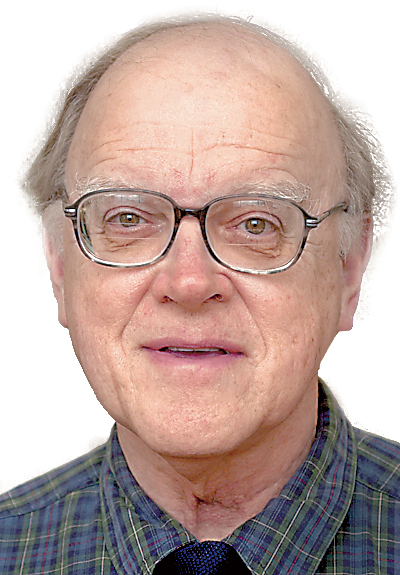You can kill Americans abruptly with bombs and bullets. A stealthier approach is to poison their environment.
Beginning in the latter decades of the 19th century, poisons increasingly accumulated in our air, water and soil as industries expanded. We celebrated our industrial might, but we had little knowledge and less concern regarding the wastes generated by the rapid growth of manufacturing and mining.
Some wastes were rapidly dispersed by countless smokestacks. Mercury contained in the smoke from burned coal silently entered aquatic food chains to threaten the health of subsequent generations. Rivers and streams were treated like sewers by chemical plants. Runoff from mining of coal and minerals contained toxins that entered interconnected streams.
Some pollution was more localized since certain manufacturers either buried toxic wastes in unstable containers or left them to rust in open, relatively uninhabited spaces. These became environmental time bombs.
My first contact with environmental toxins occurred during pediatric rotations in medical school. Children from lead-polluted slums of Baltimore filled a ward, their nervous systems often damaged beyond repair.
A more direct link emerged years later from my involvement with three sisters who lived on Sand Mountain in Alabama. They died within a short interval of each other, two from liver cancer, the third from a similarly lethal liver condition. The poison causing their deaths was heptachlor, a now-banned insecticide that had contaminated the water from their wells.
A follow-up by scientists who study environmental causes of malignant disease showed a higher than expected incidence of liver and bladder malignancies in those residents of Sand Mountain who relied upon well water. Extensive spraying of crops led to toxic levels of insecticide in the water table. Subsequently, heptachlor and chlordane, another popular insecticide, were banned because of their carcinogenicity.
In 1969, the Cuyahoga River in Cleveland, Ohio, caught fire because of high levels of flammable pollutants. This event stimulated public concern over environmental contamination. The following year, President Richard Nixon signed into law legislation that created the Environmental Protection Agency. The new organization was charged with research, monitoring and enforcement of environmental rules that Congress approved. The EPA has sustained its mission under Democratic and Republican administrations.
The first EPA director, William D. Ruckelshaus, launched a seven-month study of the insecticide DDT. Rachel Carson had highlighted the toxicity of DDT in her 1962 classic, "Silent Spring." The widely used insecticide steadily accumulated in the environment, disrupting endocrine function, causing fetal abnormalities and was linked to cancers. The EPA banned DDT in 1972, establishing a pattern for the work of the agency: research into suspected toxins and their dispersal, inform Congress and monitor and enforce subsequent legislation and regulations.
A sampler of the many milestones for EPA includes:
* Setting air-quality standards for the Clean Air Act of 1970.
* Regulation of the quality of public drinking water.
* Ban of lead-based paints.
* Reduction and finally a ban on lead in gasoline.
* Phase-out of ozone-depleting chemicals used in aerosols and refrigeration.
* Superfund program to clean severely contaminated industrial sites.
* Measures to reduce destructive acid rain.
A timeline of EPA accomplishments (www.epa.gov/history#timeline) documents the invaluable role of the agency in protecting our health and the health of generations to come.
Newly appointed EPA Director Scott Pruitt, known for his extreme anti-environment views, has vowed to slash the staff of EPA by one-fifth. A staff of scientists, analysts, environmental monitors and other experts that took years to assemble may abruptly be gone. Research, monitoring and enforcement will suffer. Is Mr. Pruitt ignorant of the links of environmental pollution to disease, or does he discount human health in favor of business and industry? In such a calculus, how much is one life, or a thousand lives, worth?
On Feb. 28, President Trump ordered the EPA to review and rescind the 2015 Clean Water Rule: Definition of "The Waters of the United States." This measure had extended EPA authority to monitor pollution of wetlands and streams that fed into rivers and lakes. Revocation of the rule denies that there is any relationship between wetlands, small streams and the rivers into which they flow.
Individual states lack the resources and expert personnel to monitor and enforce regulations that safeguard our environment. Water and air pollution are not restricted to state boundaries.
Who will monitor the illnesses and deaths that result from trashed environmental regulations?
Contact Clif Cleaveland at ccleaveland@timesfreepress.com.

